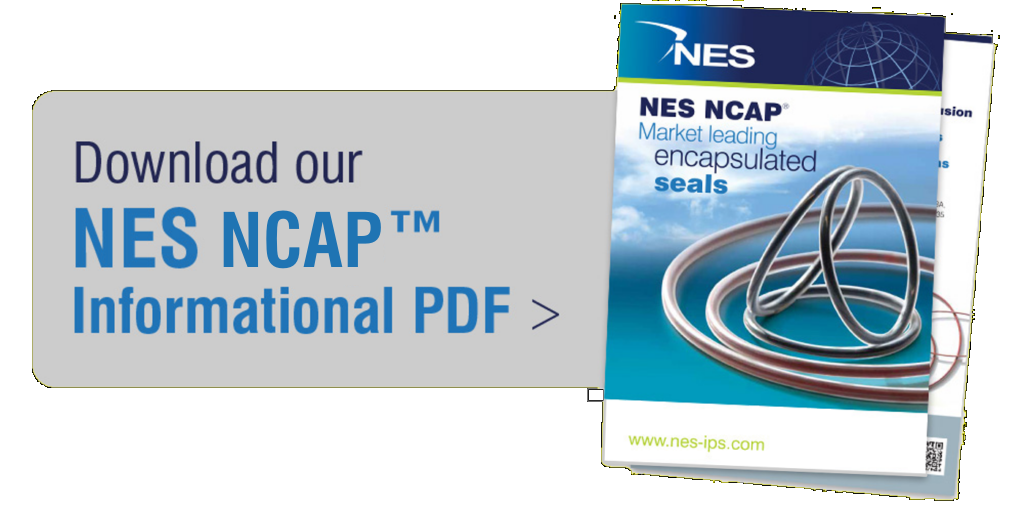Choosing the Right Fluoropolymer O-ring: PTFE vs. FEP vs. PFA
When it comes to selecting the right O-ring for highly corrosive, high-friction, or high-temperature applications, many people assume that PTFE O-rings are the best solution. However, this is not always the case. In fact, FEP or PFA encapsulated O-rings may be the better alternative in certain situations.
Misconceptions About PTFE O-Rings
One common misconception in the industry is that PTFE O-rings are the only solution for applications requiring resistance to high temperatures and chemical inertness with compression attributes. However, in many cases, FEP or PFA encapsulated O-rings are actually the correct solution.
The Difference Between PTFE, FEP, and PFA
PTFE, FEP, and PFA are all fluoropolymers, but they differ in their processability. PTFE is not melt-processable, and instead, it is made through a sintered powder process into solid rods that are then turned into O-rings and other products. This means that a PTFE encapsulated O-ring does not actually exist.
On the other hand, FEP and PFA are melt-processable, which allows encapsulated O-ring manufacturers to develop products using FEP or PFA as a cover for the O-rings, surrounding the Viton or silicone core. With an FEP or PFA encapsulated O-ring, you get a product that possesses both temperature and chemical resistance, as well as compression characteristics due to the elastomeric core.
Choosing the Right O-Ring
At NES, we provide FEP and PFA encapsulated O-rings that are a perfect alternative to PTFE O-rings. We offer expert advice and guidance to help you choose the correct product for your specific applications and use. Contact our team for more information or to place an order and be sure to download our NES NCAPS™ Informational PDF to learn more about our products and services.

